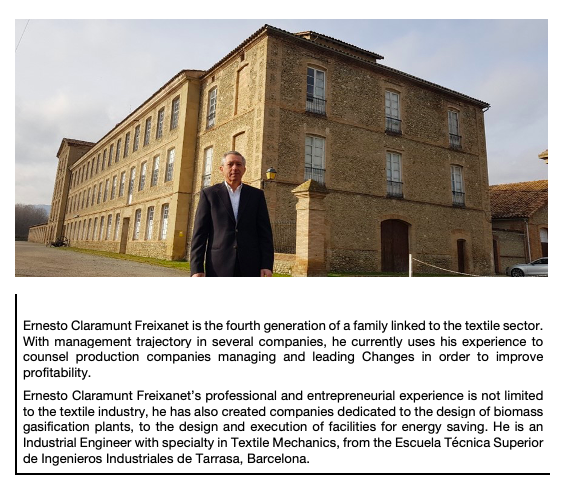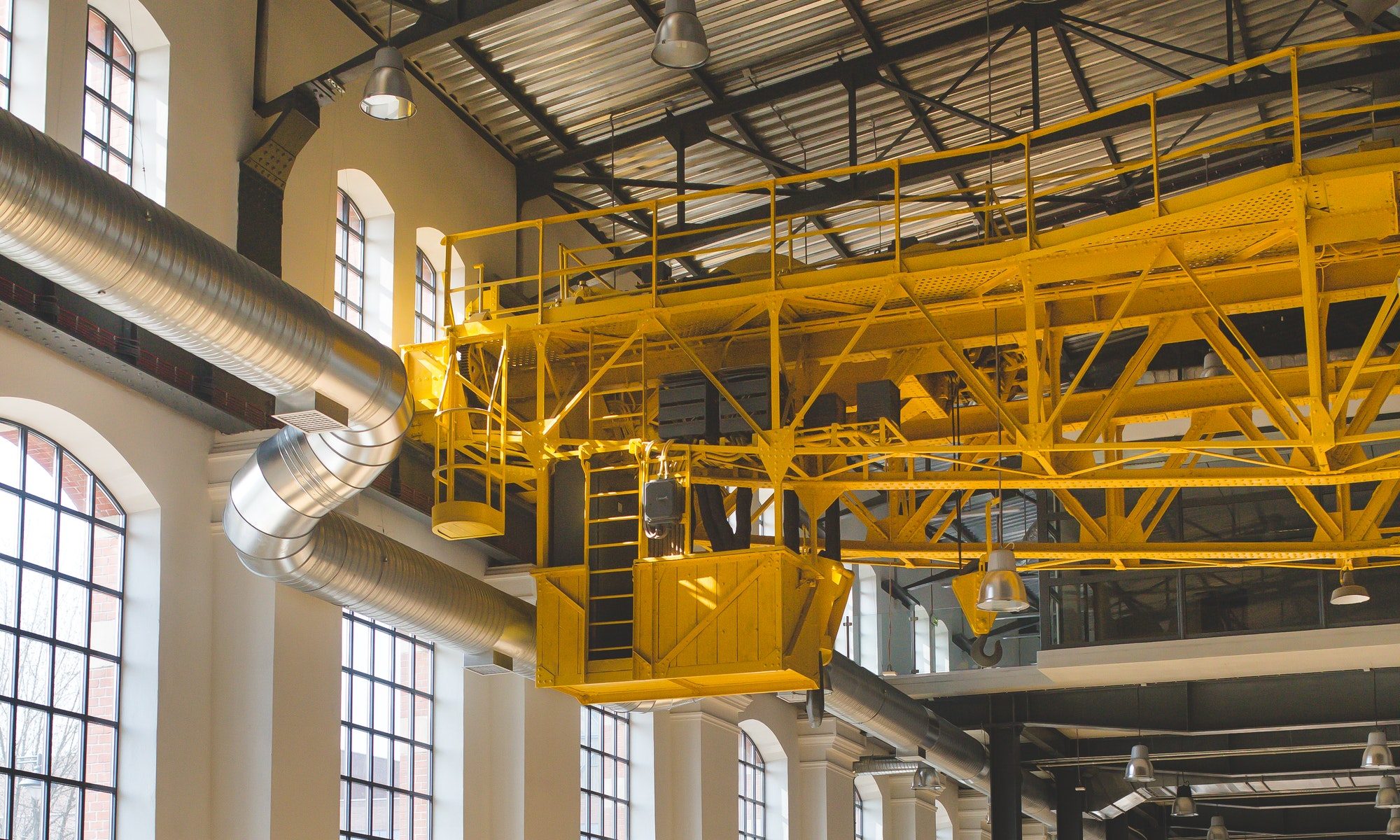At Q7 Consulting, we are aware that we live in times of uncertainty, and now more than ever Change Management and Leadership within organizations, are essential concepts for success.
The people we interview are from all around the world, have outstanding professional trajectories, have attained success within their roles, have essential leadership traits, are influential within their organizations and have experience implementing and managing change.
In this third episode of our new series, we interview Ernesto Claramunt Freixanet, an entrepreneur with investments and experience in several industries, mainly the textile sector. Ernesto Claramunt Freixanet specializes in business organization and efficiency and leads Change strategies for the optimization of production processes with the purpose of improving company profitability.

In this interview, the topic of automatization and optimization of production processes shines through, which implies Change Management and Leadership in order to achieve greater profitability. Please find below the questions addressed in our interview with Ernesto Claramunt Freixanet.
What have been your takeaways from managing Change?
In the year 2000, when Spain had been invaded by quality textile product from Asia we had to face the extreme decision that a company can do: radically Change or disappear. Finally, we decided by the first option and the responsibility of that decision not being a failure but a success, rested on my shoulders.
Managing Change of this magnitude is a great responsibility and to secure success it is essential to have a detailed action plan. By being such a radical Change, ours included the design of the new production process, the design of the new products, the commercial strategy plan and the economic and financial study.
A contrasted action plan and being surrounded by a great team are without a doubt the essential pillars of successful Change.
For their evolution, all companies require continuous improvements and therefore continuous Change, and that has to be considered normal. However, to face the current moment, the companies require great Changes and the same include the Digitalization and Optimization of the production processes.
What is your advice to people who start managing major Changes in organizations for the first time?
Not leave anything up to chance and that means planning and following a detailed action plan.
An action plan with guarantee of success is designed from own experience, but take into account the experience of outside people and it is essential that they contribute a fully objective vision. Let’s remember that usually people take a year to assimilate the traumatic loss of limb, weeks in using glasses or hours assimilating a noise. This means that even when we don’t consider it, our routine makes us to consider normal that which is not, and this loss of objectivity is not good to design successful Change.
As previously commented, the second determining factor to achieve success is being surrounded by a great team, that is, great people at a human level with work capacity and fully involved that live the Change not as imposition but as a project of everybody to secure the future.
What was your role in making Changes in the organization and were the Changes clearly linked to the mission and vision of the company?
My role was to design and execute the action plan with my team.
The action plan was accepted by all the partners. In this case it was about getting a fully versatile production process for the production of special yarns at very competitive prices, and for that we used a new design and automatization of the process.
The mission of the company was to generate new business and the Change was a consensual and right decision.
How did your company support you in getting ready to lead / manage Change?
It is clear that a Change of this transcendence has to be consented by all the partners, and as I was the partner and executor of the Change I had to first design and defend the proposal. A decision of this caliber always originates some uncertainty, however, your professional trajectory is the one that generates the trust that your partners need to trust in the project.
Once the Change has been decided there is no going back, and everyone has to look forward.
What strategies worked and did not work to communicate the Changes and what strategy did you use to generate a sense of urgency with people?
At the end of the 90s the massive importations of textile products were causing an irreparable damage to the traditional textile industry, and this was perceived at any level of the team. At a management level it is not good to hide the reality and in our case we were all aware of the situation. Therefore announcing a drastic Change was reason for satisfaction and hope to face the future.
The communication with all the team has to be constant and the best way of doing it is through very well organized micro meetings (minimize people, time and matters to address).
How did you approach planning Changes? How well were the Change plans followed and how did you approach Changes to the plans?
As I said before, by following a contrasted and detailed strategic plan. In our case the results were a success and we were able to perform the Changes in the established term. A good plan generates little surprises and if so, they are of little importance and therefore of easy solution.
What strategies did you use to attain milestones and make achievements visible?
The strategies reflected by the action plan included the times of execution for the assembly of the production process, the times for the development of new products and the times for the commercialization.
It is clear that prior to the planning of the action plan market studies are performed to define the products to produce and their profitability.
The visibility of the achievements for the partners was performed through monthly exploitation accounts. To the team through informative meetings.
In every case it is easy to detect that the Change has been a success when the machinery produces at full performance, there are no stocks and the investment can be amortized and the labor conditions improve.
What did you do to keep people committed? What did you do to keep people from going back to old ways?
In a company, the treatment that the people receive determines the behavior and the implication of the same.
Treat the team as a family, listen and take advantage of the experience of the people, they are essential aspects to achieve a committed team and consequently a company in continuous improvement.
I have always considered it essential and thus committing people in Change has been an easy task.
In regard to avoiding people to return to old habits, if it is true that any Change implies certain effort, when the same is justified and founded, it is usually accepted without problem.
It is clear that an adaptation period has to be programmed, but if the measures are timely and consented and necessary for the development of the company, they will be accepted.
Did you underestimate or overestimate what was needed to be done to achieve Change?
A good strategic plan avoids surprises and consequently there were none in our Change.
To design a Change it is important to have an open mind. For example by designing a production process it is a mistake to focus on the production of few products even if they are very profitable today. Businesses change rapidly and having versatile processes is essential.
What worked and what did not work in planning and executing Changes?
Success rests in establishing an excellent action plan. Analyze where we are, where we want to go and what we need to achieve it.
To map this plan it is essential to be able to contrast several opinions. My advice is to take into account the opinion of outside counsel because they provide experience from a fully objective point of view.
If we add to an action plan a professional, faithful and implicated team, and a lot of work, success is ensured.
